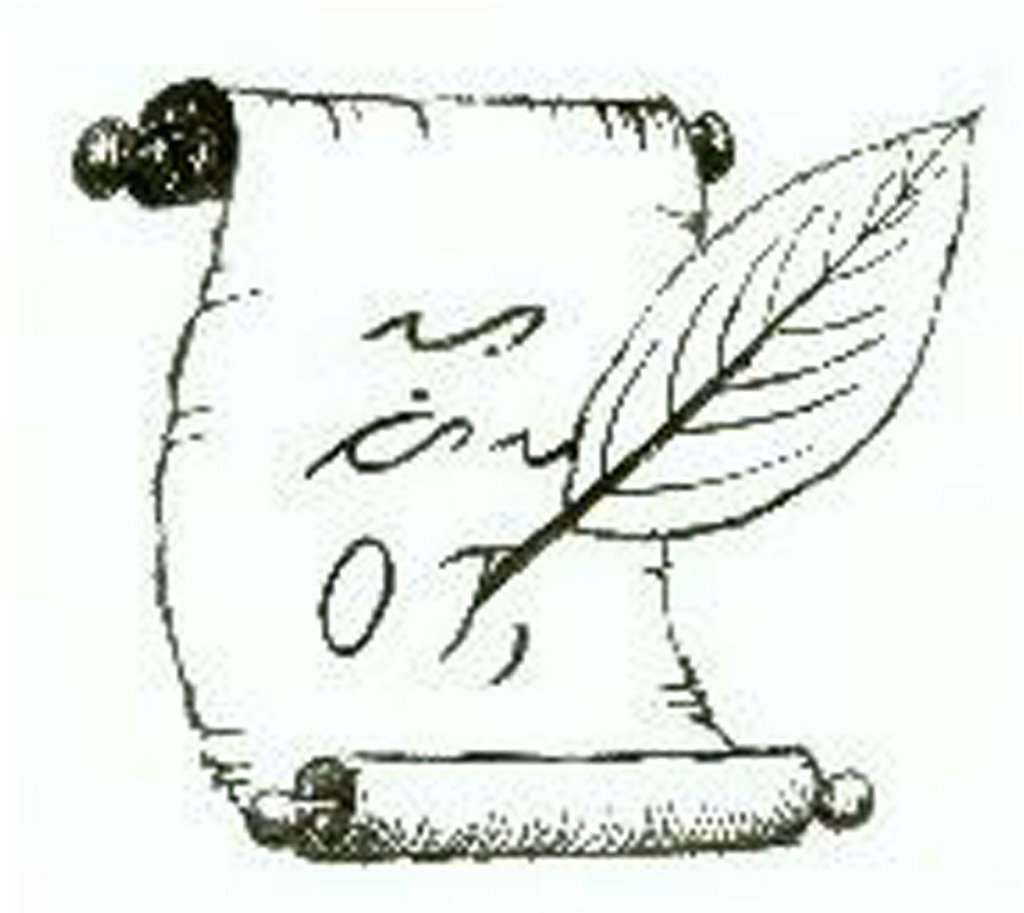National Government Asks Supreme Court to Deny Palawan’s Claim to 40% Share in Malampaya
BYPASSING THE COURT of Appeals, the national government is seeking a ruling from the Supreme Court to hasten the resolution of its long-standing dispute with the provincial government of Palawan over the latter’s claim to a 40 per share in the revenues from the Malampaya natural gas project.
In a petition for review filed by three cabinet officials, the national government asked the High Court to reverse and nullify the Dec. 16, 2005 decision of Regional Trial Court Judge Bienvenido Blancaflor, who had ruled that the province is entitled to its natural wealth share in accordance with the Local Government Code.
Energy Sec. Raphael Lotilla, Finance Sec. Margarito Teves, and Budget Sec. Romulo Neri represented the national government in the petition, which was filed last Feb. 14.
The petitioners asked the court to nullify an amended order from Judge Blancaflor last Jan. 16 directing the national government to “freeze” 40% of the revenues from the Malampaya Natural Gas project in order to protect Palawan’s expected share.
They also asked the Supreme Court to “render judgment declaring that respondent, as a matter of law and under the undisputed facts, is not entitled to the 40% share of the gross revenue accruing from the Comago-Malampaya (sic) natural gas project.”
Palawan Gov. Joel Reyes, representing the provincial government, was named respondent in the petition. He has instructed the Provincial Legal Office, which received its copy of the petition last Feb. 22, to strengthen Palawan’s position on the wealth sharing controversy, provincial information officer Rolando Bonoan, Jr. said.
The governor was not worried about the national government’s decision to elevate the issue to the Supreme Court, Bonoan added, saying “Paniwala niya, malakas ang laban namin.”
In defending their decision to file the case with the Supreme Court and not with the Court of Appeals, the petitioners cited the “compelling public interest” surrounding the Malampaya revenue issue, as it involves two contending government parties.
“Recourse to the Court of Appeals will merely delay the resolution of the urgent matters raised in this petition considering that whatever decision the Court of Appeals may render thereon will ultimately be raised to this Honorable Court,” the petition stated.
The petitioners said a motion for reconsideration would be “useless” as the Regional Trial Court had already passed judgment on the issue and the same arguments would be presented.
“No material fact is in dispute and the issue being raised here is purely legal,” the petitioners said, adding that, “such a petition is proper for filing with this Honorable Court.”
Question of Territory
The national government contended that the lower court “gravely erred, if not committed grave abuse of discretion,” when the latter invoked the principle of devolution in handing down a favourable decision to the provincial government of Palawan.
According to the petition, the concept of territory in the Local Government Code “refers only to its land area” except for municipalities, which have jurisdiction over municipal waters within 15 kilometers of their terrestrial boundaries.
“The contention of respondent, which the trial court upheld, that the maritime area between the Kalayaan islands and mainland Palawan is part of the territory of Palawan is inconsistent with the archipelagic and Regalian doctrines as enshrined in the constitution. Said maritime area belongs to the national territory,” the petition stated.
Kalayaan is the smallest of Palawan’s 23 municipalities.
The Malampaya natural gas project is located in the South China Sea, some 80 kilometers off northwestern Palawan. The Philippine government entered into a service contract with Shell Philippines Exploration B.V. and Occidental Philippines Inc. for the operation of the Camago-Malampaya field on Dec. 11, 1990. The natural gas project has since become the largest single investment in the country.
The government is expecting up to $10 billion in revenues from the project over a period of 20 years, according to the petition. This would have fetched the province of Palawan some $200 million (about 10 billion pesos) per year as its natural wealth share, but the Arroyo administration only released P600 million to provincial officials prior to the 2004 presidential elections.


